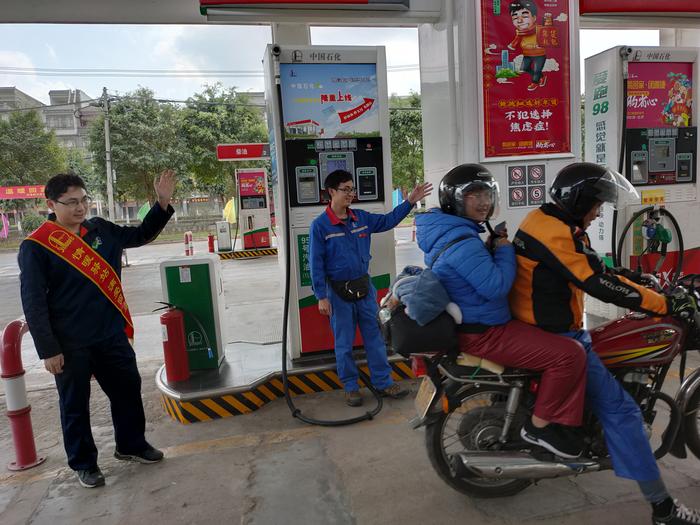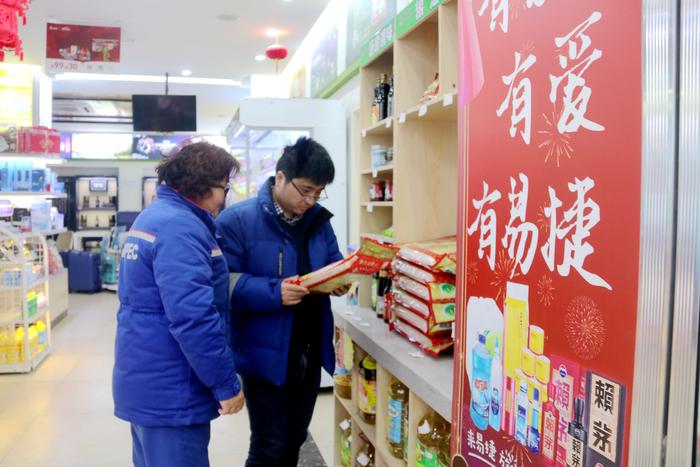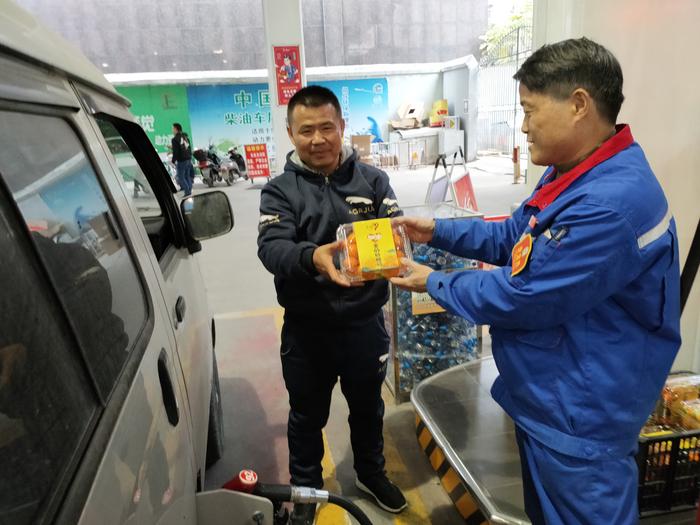|
| 2020-01-20 来源: 中国石化新闻网 |
| 石化新闻 |
|
中国石化新闻网讯 据石油工业新闻1月18日消息称,随着数字技术深入石油和天然气行业,“数字孪生”的概念作为商业价值的重要驱动因素而备受关注。尽管这一概念在2002年被创造出来,并在2010年被美国国家航空航天局(NASA)用于其太空任务,但它在商界的流行却是最近20年来才出现的现象。 物联网(IoT)、数据分析、人工智能(AI)等技术的崛起,在将这一概念带到商业运营和规划的前沿发挥了关键作用,已经成为一个主流主题。全球数字孪生市场在2019年的价值为38亿美元,预计到2025年将达到358亿美元。Gartner预测,到2021年,一半的大公司将使用某种形式的云计算,从而使效率提高10%。 从根本上讲,数字孪生是物理资产或产品的360度数字或虚拟副本,在物理世界和虚拟世界之间具有实时的双向通信。该数字复制聚合了几何、资产信息和物理资产/产品的实时处理数据,从而创建一个动态的、工程主导的业务系统。这使公司能够在将虚拟世界应用于物理世界之前,优化操作流程并改进虚拟世界中的资本投资。 从设计阶段的沉浸式技术,到运营阶段的供应链信息,数字孪生在资产生命周期的每一步都扮演着重要的角色。在石油和天然气行业,数字孪生可以用来模拟“如果”或“将要”的场景,从而最终提高资产生产率、可靠性和性能。它使所有者-操作者能够从操作资产中的传感器收集实时数据反馈,从而知道准确的状态和条件,无论它位于何处。他们可以对钻孔和提取进行建模,以确定虚拟设备设计是否可行。最重要的是,数字孪生可以帮助检测设备故障或性能下降的早期迹象,从对故障的反应和响应转变为积极主动,这样可以在故障发生之前以更低的成本规划和实施正确的维护行动。 曹海斌 摘译自 石油工业新闻 原文如下: The digital twin: A virtual revolution for oil and gas As digital technologies make deep inroads into the oil and gas industry, the concept of a ‘digital twin’ is coming under the spotlight as a significant driver of business value. Though coined in 2002 and applied by NASA for its space missions since 2010, the concept’s popularity in the business world is a recent phenomenon. The ascendance of technologies such as Internet of Things (IoT), data analytics, Artificial Intelligence (AI) played a key role in bringing the concept to the forefront of business operations and planning, effectively becoming a mainstream topic. The global digital twin market was valued at USD $3.8bn in 2019 and is expected to reach USD $35.8bn by 2025. Gartner predicts that half of all large companies will use some form of one by 2021 – resulting in a 10% improvement in effectiveness. Fundamentally, a digital twin is a 360-degree digital or virtual copy of a physical asset or product with real-time, two-way communication between the physical and virtual worlds. The digital replica converges geometry, asset information and real time process data of the physical asset/product to create a dynamic, engineering-led business system. This enables companies to optimize operating processes and improve capital investments in the virtual world before applying them in the physical one. The digital twin has a role to play virtually in every step of the asset lifecycle – from immersive technology in the design phase, to informing the supply chain in the operations phase. In the oil & gas industry, digital twins can be used to simulate ‘what-if’ or ‘what-will’ scenarios to ultimately raise asset productivity, reliability and performance. It enables owners-operators to gather real-time data feeds from sensors in an operational asset to know the exact state and condition, no matter where it is located. They can model drilling and extractions to determine whether virtual equipment designs are feasible. And most important, digital twins can help detect early signs of equipment failure or degradation and move from reacting and responding to a failure to being proactive, which enables planning and implementing corrective maintenance actions before failure occurs and often at much lower cost.
|








